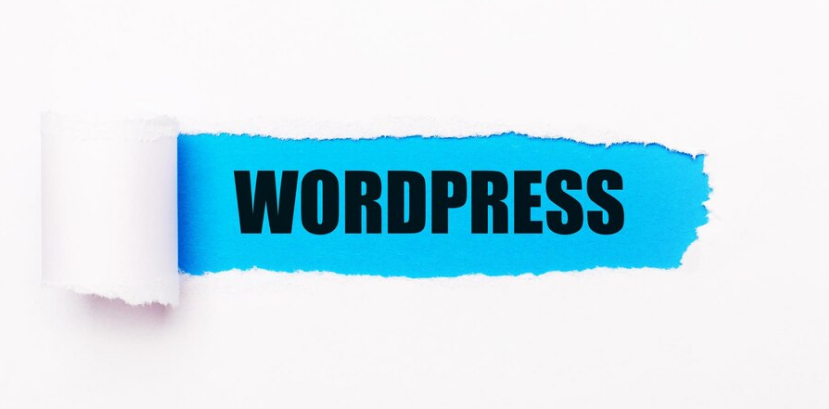White labeling has become an increasingly popular practice in the digital world, allowing businesses to rebrand a product or service as their own and present it to customers under their name and logo. White labeling WordPress is no exception, and it offers a great opportunity for web development agencies, freelancers, and entrepreneurs to expand their offerings and provide clients with a customized and branded experience. In this article, we will explore how to white-label WordPress to create a seamless and professional representation of your brand.
1. Customize the Login Screen
The login screen is the first point of contact between your clients and the WordPress dashboard. Customizing this screen with your brand’s logo, colors, and message is essential for creating a professional and consistent user experience. To achieve this, you can use various WordPress plugins that allow you to replace the default WordPress logo with your own and customize the background and login form to match your brand’s aesthetics.
2. Use a Custom Dashboard Theme
The WordPress dashboard is where your clients will spend a significant amount of time managing their website. By using a custom dashboard theme, you can maintain brand consistency throughout the entire user experience. You can create a dashboard theme that aligns with your brand’s color scheme, typography, and design elements. Implementing a custom dashboard can also simplify navigation for your clients, making it easier for them to access the tools and features they need.
3. Remove WordPress Branding
To achieve a full white-label experience, it’s essential to remove any WordPress branding from the dashboard. This includes hiding or replacing WordPress logos, texts, and links that may still be visible in certain areas. Various WordPress plugins can assist with this process, allowing you to replace default branding elements with your own.
4. Customize Emails and Notifications
WordPress sends various emails and notifications to website administrators and users. To maintain your brand’s image consistently, customize these emails to reflect your brand’s voice and design. Plugins like “WP HTML Mail” and “Better Notifications for WP” can help you create personalized and branded email templates.
5. Add Your Brand’s Support Information
In the dashboard and other communication channels, make sure to provide your brand’s support information. This can include your email address, phone number, or support ticket system. Offering reliable and accessible support is crucial for building trust with your clients and ensuring they have a positive experience with your white-labeled WordPress platform.
6. Create Custom Documentation and Tutorials
When providing a white-labeled WordPress solution, it’s beneficial to create custom documentation and tutorials specific to your branded platform. This content can include guides on how to use specific features, troubleshoot common issues, and make the most out of the platform’s functionalities. Well-crafted documentation not only enhances the user experience but also reduces the burden on your support team.
7. Implement Multisite for Easy Management
If you plan to offer white-labeled WordPress sites to multiple clients, consider using WordPress Multisite. Multisite allows you to manage multiple WordPress sites from a single installation, streamlining updates and maintenance tasks. This approach simplifies the process of managing and scaling your white-labeled WordPress offerings efficiently.
8. Regularly Update and Maintain
White-labeling WordPress is not a one-time task. As with any software, it’s crucial to keep your white-labeled WordPress installation up to date. Regularly update the core WordPress files, themes, and plugins to ensure optimal performance and security. By staying current, you can provide your clients with the latest features and improvements, enhancing their overall experience.
Conclusion
White labeling WordPress opens up a world of possibilities for businesses and entrepreneurs looking to offer customized and branded solutions to their clients. By following the steps outlined in this article, you can create a seamless and professional representation of your brand on the WordPress platform. From customizing the login screen and dashboard to providing personalized support and documentation, every detail contributes to the overall white-label experience.
Remember, providing a white-labeled WordPress solution is an ongoing commitment. Regular updates, maintenance, and continuous improvement will help you deliver a top-notch service to your clients. Embrace the power of white-label agency, and elevate your brand to new heights in the world of WordPress.







